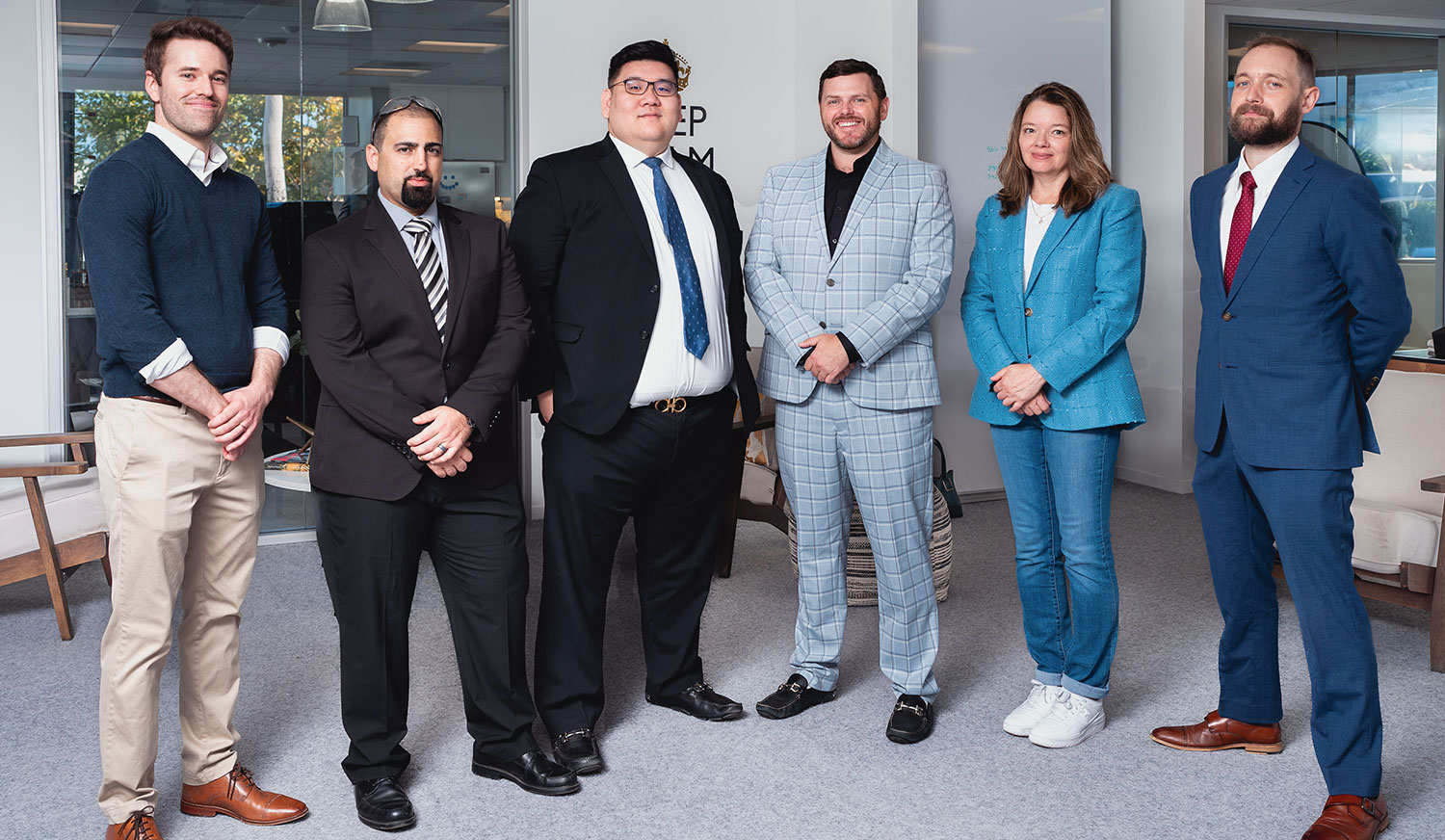A federal Court of Appeals recently held that a single use of the “N-word” racial slur was sufficient, as a matter of law, to send a hostile work environment race discrimination case to the jury. See Woods v. Cantrell, Court of Appeals, Case No. 21-30150 (US Court of Appeals, 5th Cir., March 24, 2022). Federal law prohibits racial discrimination in the workplace. In general, there are two types of racial discrimination claims for which racial discrimination litigation can be started — direct discrimination and hostile workplace. An example of direct discrimination would be an employer stating that it would not hire certain persons because of their race. A hostile workplace, on the other hand, is about a more subtle sort of discrimination: race discrimination that is not overt, but rather permeates the workplace and makes it a hostile, uncomfortable place for a person to work because of their race. Name-calling, use of race slurs, wall-hangings and office décor, threats, hazing and even physical assaults are examples of facts that might allow a race discrimination attorney to file and win race discrimination litigation.
In terms of how the process works, generally, once a case is filed, ultimately the jury is empowered to determine whether all of the facts in the case add up to a hostile workplace for which the employer is legally liable. If the jury decides that a hostile workplace existed, then the jury will award money damages for the victims of the racial discrimination. Among other types of damages, victims are entitled to seek damages for emotional pain, mental anguish and, under some egregious circumstances, can ask for punitive damages against an employer.
However, in many cases, the judge is empowered to stop the case from going to the jury because the law requires that the behavior reach a certain threshold of hostility. Thus, under federal law, the general rule is that one single incident of some hateful or hostile behavior is not sufficient for a hostile workplace case to go to trial.
The Woods case cited above is an exception to that general rule. In Woods, the employee claimed that his supervisor directly called him a “Lazy Monkey A___ N____” in front of his fellow employees. The employee had no other facts to support a claim for a racially hostile workplace. Thus, under the general rule, the case would not be able to go to the jury — the threshold was not met. Indeed, the trial court dismissed Woods’s hostile work environment claim because, as the court said, “a single utterance of a racial epithet, despicable as it is, cannot support a hostile work environment claim.”
But the Court of Appeals disagreed and reversed the trial court ordering the trial court to send the case to the jury. The Court of Appeals agreed with the general rule, but also noted that there are rare exceptions where a single incident of hostile and/or hateful behavior might be sufficient for a jury to find that a hostile workplace existed. The Woods case was just such an exception. It was the right decision and we applaud.
If you think you have been a victim of race discrimination or a hostile workplace, call us here at Guardian Litigation Group. We can help you vindicate your rights.
Contact Experienced California Employment Discrimination and Harassment Attorneys
For more information or if you have been the victim of employment discrimination and/or harassment, contact the experienced labor law attorneys at Guardian Litigation Group. Our Irvine discrimination attorneys have the tools and legal experience necessary to protect you and bring your employer to justice. Our Mission is to provide unparalleled legal services for our clients. We can be reached via our contact page or by phone at (949) 444-5474.



